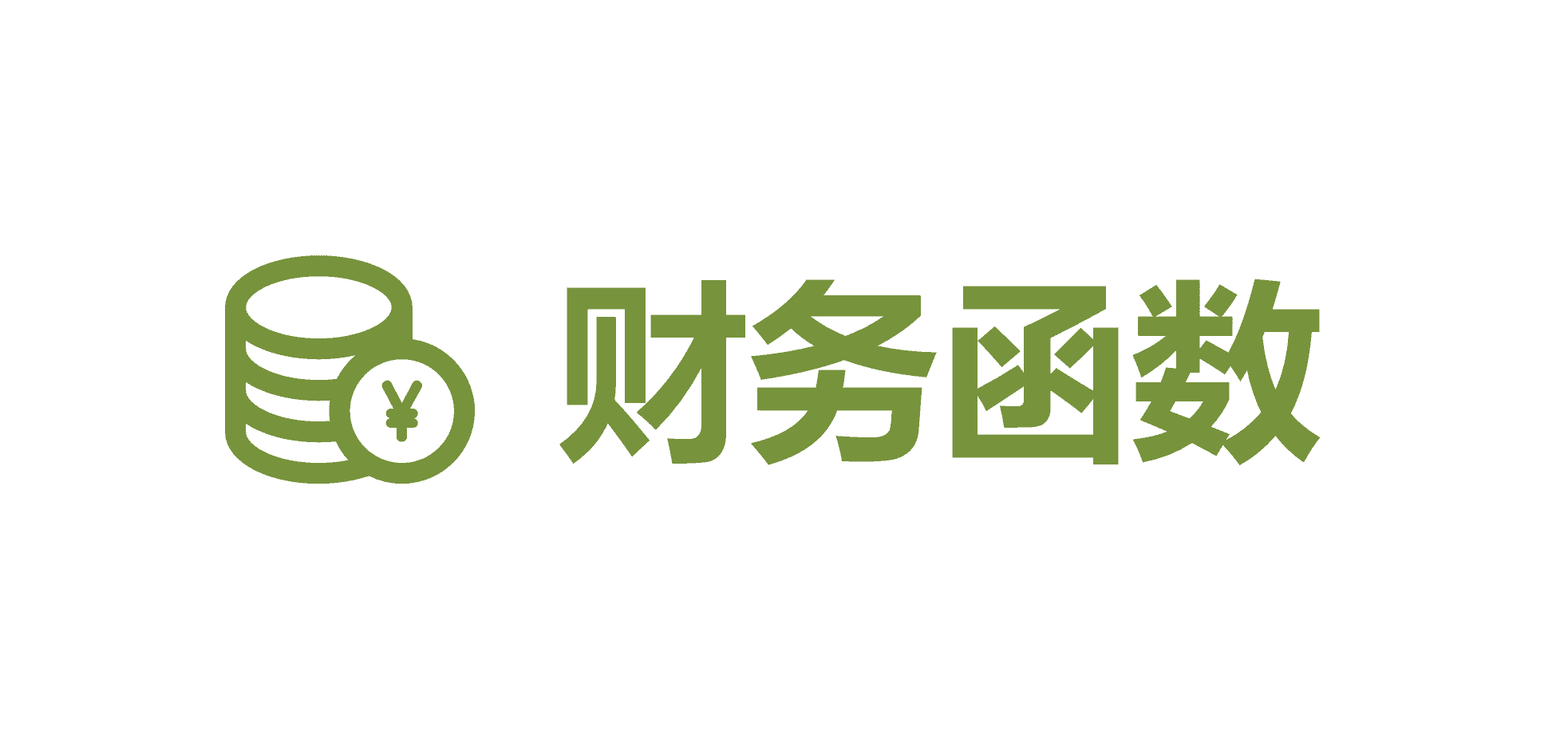Java Serialization: Dive into Serializable and serialVersionUID
2024-02-12 00:28:26
In the realm of Java programming, data persistence and communication across networks play a crucial role. Serializable and serialVersionUID emerge as indispensable tools in these scenarios, enabling seamless object serialization and deserialization.
Understanding Serializable
Serializable is a marker interface in Java that empowers objects to be converted into a stream of bytes, facilitating their storage and transmission. By implementing Serializable, objects become capable of persisting their state beyond their initial scope or being transferred over the network.
serialVersionUID: A Uniquely Identifying Serialization Number
serialVersionUID (Serial Version UID) is a long integer value that uniquely identifies a serializable class. It serves as a version identifier, ensuring that the serialized object's structure remains consistent across different versions of the class.
The Role of serialVersionUID
serialVersionUID plays a critical role in maintaining object integrity during serialization and deserialization. When an object is serialized, its serialVersionUID is stored along with its state. Upon deserialization, the runtime environment checks if the stored serialVersionUID matches the current class's serialVersionUID.
If the serialVersionUIDs match, deserialization proceeds smoothly. However, if they mismatch, an InvalidClassException is thrown, preventing object reconstruction. This safeguard mechanism ensures that incompatible changes in the class's structure, such as field modifications or additions, do not lead to unexpected behavior.
Maintaining Serialization Compatibility
To maintain serialization compatibility across class revisions, it is essential to adhere to the following guidelines:
- Assign a unique serialVersionUID to each serializable class.
- Avoid modifying the class's structure (e.g., adding or removing fields) after assigning a serialVersionUID.
- If structural changes are unavoidable, increment the serialVersionUID to indicate a new serialization version.
Generating serialVersionUID
Java provides various methods to generate serialVersionUIDs:
- Custom Generation: Manually assign a unique number to serialVersionUID.
- Default Generation: Leave serialVersionUID as a default long value. However, this may result in conflicts if multiple serializable classes use the same default value.
- UID Generator: Utilize tools like Eclipse's serialVersionUID generator to automatically compute serialVersionUIDs.
In-depth Exploration of Serializable and serialVersionUID
Implementation Details of Serializable
Implementing Serializable is straightforward:
public class Employee implements Serializable {
private int id;
private String name;
private double salary;
}
This class can now be serialized and deserialized.
Generating serialVersionUID
The recommended way to generate serialVersionUID is using a UID generator tool:
private static final long serialVersionUID = 123456789L;
Serialization and Deserialization Process
Serialization converts an object into a byte stream:
ObjectOutputStream out = new ObjectOutputStream(new FileOutputStream("employee.dat"));
out.writeObject(employee);
out.close();
Deserialization recreates the object from the byte stream:
ObjectInputStream in = new ObjectInputStream(new FileInputStream("employee.dat"));
Employee employee = (Employee) in.readObject();
in.close();
Impact of serialVersionUID Mismatch
A serialVersionUID mismatch can lead to the following consequences:
- InvalidClassException: Deserialization fails, and the object cannot be reconstructed.
- Serialization Version Error: The object may be deserialized with unexpected behavior due to structural changes.
Best Practices for Serialization Compatibility
- Use a version control system to track class modifications.
- Maintain backward compatibility by keeping older versions of serializable classes.
- Use version numbers in the class name to differentiate between versions.
Conclusion
Serializable and serialVersionUID are fundamental tools for object persistence and network communication in Java. By understanding their roles and following best practices for serialization compatibility, developers can ensure the seamless transfer and reconstruction of objects across different environments.




